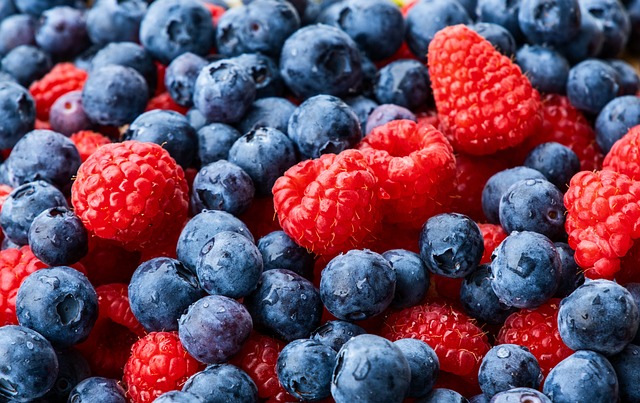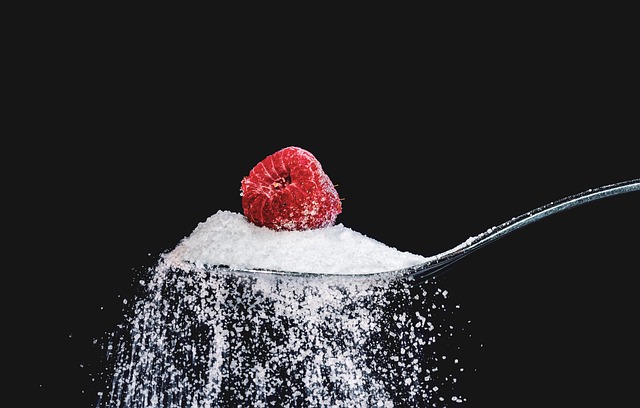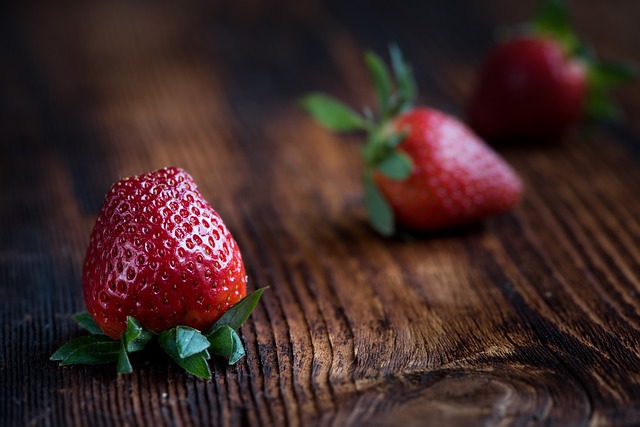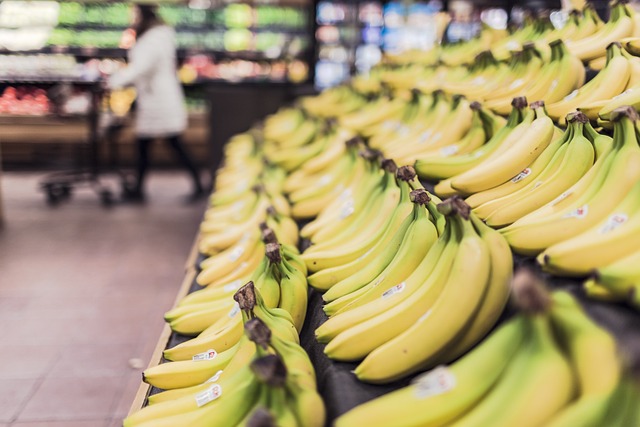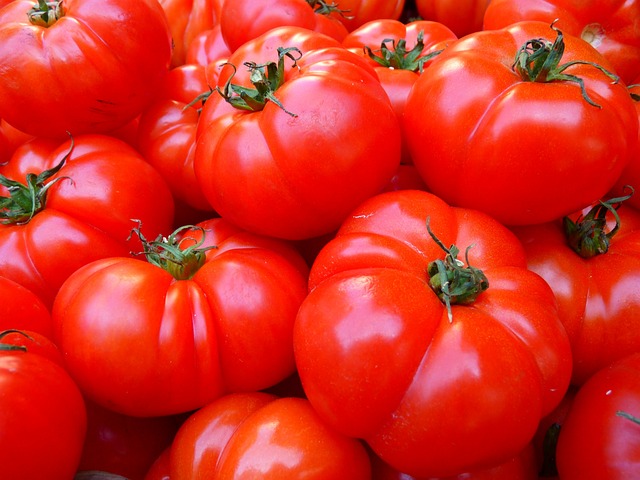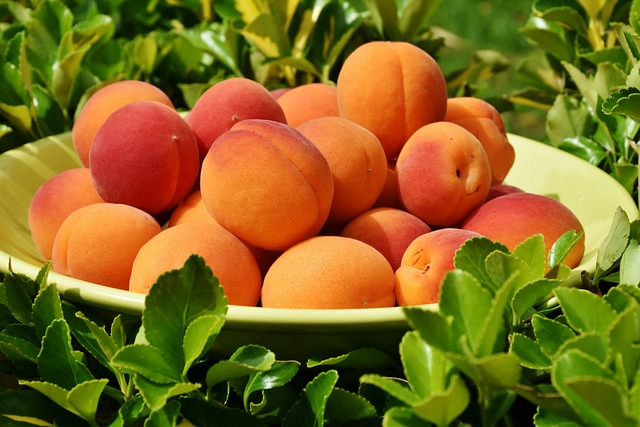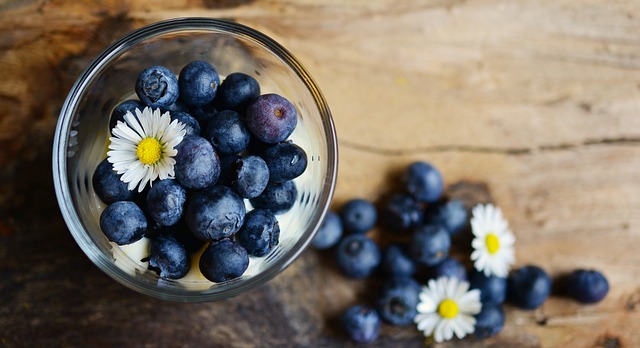Fermentation for Beginners: How to Make Your Own Probiotic-Rich Foods
Are you looking for a way to increase your intake of healthy bacteria but not sure where to start? Look no further than fermentation! Fermentation is a process where microorganisms, such as bacteria or yeast, convert sugars and starches in food to produce lactic acid, which gives the food its characteristic tangy taste.
But fermentation does more than just add flavor to your food; it also creates a perfect breeding ground for beneficial bacteria known as probiotics. Probiotics are essential for maintaining a healthy gut microbiome, which has been linked to improved digestion, better immune function, and even mental well-being.
Getting Started with Fermentation:
Before you jump into fermenting your own foods, there are a few things to keep in mind:
- Cleanliness is key: Whenever you’re working with live cultures, it’s important to keep your utensils, containers, and work surfaces as clean as possible to prevent the growth of harmful bacteria.
- Start small: Fermentation is a process that requires patience, so it’s best to start with small batches until you get the hang of it.
- Experiment: Once you feel comfortable with the basic process, don’t be afraid to experiment with different ingredients and flavorings!
Some Popular Fermented Foods:
There are countless foods that can be fermented, but here are a few of the most popular:
- Kombucha: This fizzy, fermented tea has become incredibly popular in recent years, and for good reason. Kombucha is not only rich in probiotics, but it’s also low in sugar and high in antioxidants.
- Sauerkraut: A staple of traditional German cuisine, sauerkraut is simply fermented cabbage that is easy to make at home with just cabbage, salt, and water.
- Kimchi: A spicy Korean condiment made from fermented cabbage, kimchi is loaded with probiotics and other healthy nutrients.
- Yogurt: Yogurt is perhaps one of the most well-known fermented foods and can also be easily made at home with just milk and yogurt starter cultures.
- Kefir: Similar to yogurt, kefir is a fermented dairy product that is slightly tangy and can be enjoyed plain or flavored with fruit and honey.
How to Make Your Own Fermented Foods:
While the specifics of fermentation can vary depending on the type of food you’re fermenting, the basic process remains the same:
- Prepare your ingredients: Depending on the food you’re fermenting, you may need to chop, shred, or otherwise prepare your ingredients.
- Add salt: Salt is a crucial component of the fermentation process as it helps to prevent harmful bacteria from taking over. The amount of salt needed will vary depending on the food, but a general rule of thumb is to use 1-2% of the weight of your ingredients.
- Pack it in: Once your ingredients are salted, pack them tightly into a jar or other container, making sure to eliminate any air pockets.
- Add any additional flavorings: This is where you can get creative! Experiment with adding herbs, spices, or even fruits to your fermentation mixture for added flavor.
- Wait: Now comes the hard part. Your fermentation mixture will need to sit at room temperature for anywhere from a few days to a few weeks (or even longer!). Check on it periodically to make sure everything is still submerged in liquid and that no harmful bacteria have taken hold.
- Enjoy: Once your fermented food has reached your desired level of tanginess, it’s ready to enjoy! Store it in the fridge to slow down the fermentation process.
Fermentation may seem daunting at first, but with a little patience and experimentation, it can quickly become a rewarding way to incorporate more probiotics into your diet. From shoveling spoonfuls of kimchi in your mouth on a rainy day, to downing a tall glass of kombucha before you head out the door, your body will thank you for the effort.

